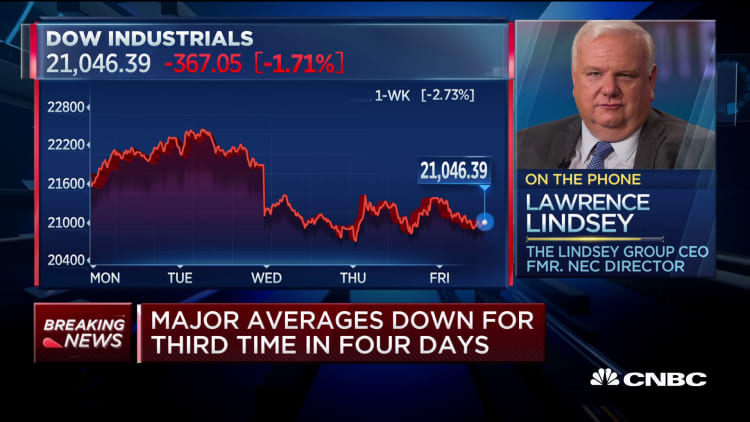
The government's survey of establishments painted a grim picture of the U.S. employment situation through early March, but its poll of households was far worse.
The household survey, which asks individual residents how many people are working there, showed a stunning drop of 2,987,000 workers for the month.
That compares with the nonfarm payrolls decline of 701,000 reported in the establishment survey and gives another perspective to just how bad the situation has gotten since the economy has all but shut down to protect against the coronavirus spread.
When releasing its headline nonfarm payroll numbers, the government focuses on the establishment survey as it captures a larger sample size and is considered less volatile than the household count. The establishment survey captures about 145,000 businesses and work sites, while its counterpart focuses on 60,000 eligible households and includes agricultural workers.

Both use the week up to the 12th of the month for sampling, which in this case was before the worst of the job losses began.
The Labor Department uses the household survey to calculate the headline unemployment rate, which jumped from 3.5% to 4.4%.
In the March survey, the household survey's numbers are stunning.
They show a decline of employment from 158,759,000 in February to 155,772,000 in March. That came amid a drop of 1.6 million in the civilian labor force and a 1.1 percentage point tumble in the employment-population ratio to 60%. The labor force participation rate contracted 0.7 percentage point to 62.7%. Those counted as not in the labor force rose nearly 1.8 million to 96.8 million.
Other numbers showed a 1.2 million increase in job losers or those who completed temporary jobs. Those unemployed for less than five weeks surged by 1.5 million while those at work part time for economic reasons jumped by more than 1.4 million.


